SOURCE: RAUNAK KUNDE / NEWS BEAT / IDRW.ORG
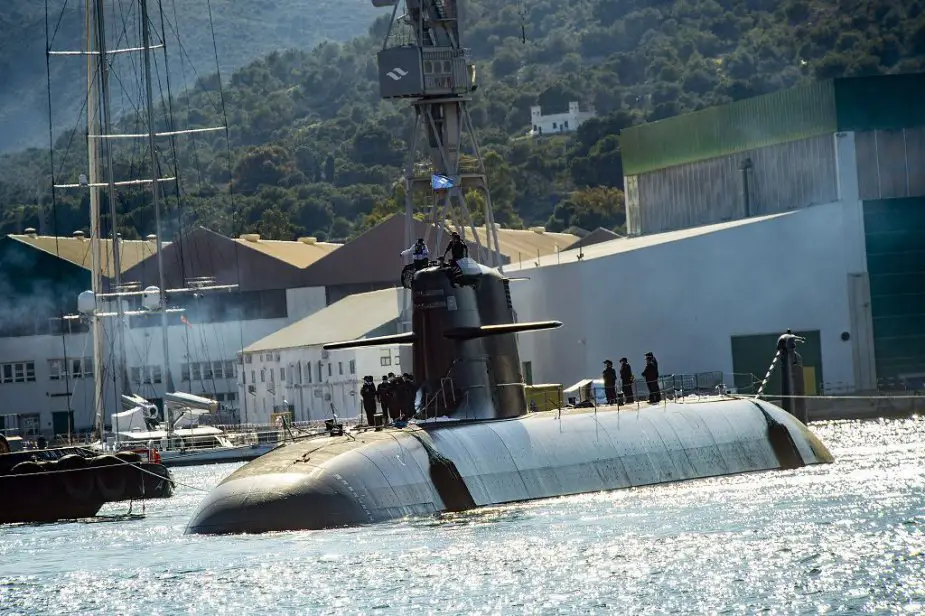
An unnamed Indian Navy official has shed light on the potential replacement for India’s Kilo-class submarines, currently nearing the end of their operational lifespan. The official, speaking to idrw.org, suggests that the Spanish-built S-80 Plus class submarines could be a perfect fit.
The Kilo-class submarines, procured in the mid-1980s, have served India’s maritime interests for decades. Extensive refits and upgrades have extended their operational life, but their time is coming to an end. The Navy is now exploring options for their replacement. Project-75I tender will see induction of six new submarines that will replace order Kilo Class of Submarines.
Continue readingSOURCE: RAUNAK KUNDE / NEWS BEAT / IDRW.ORG
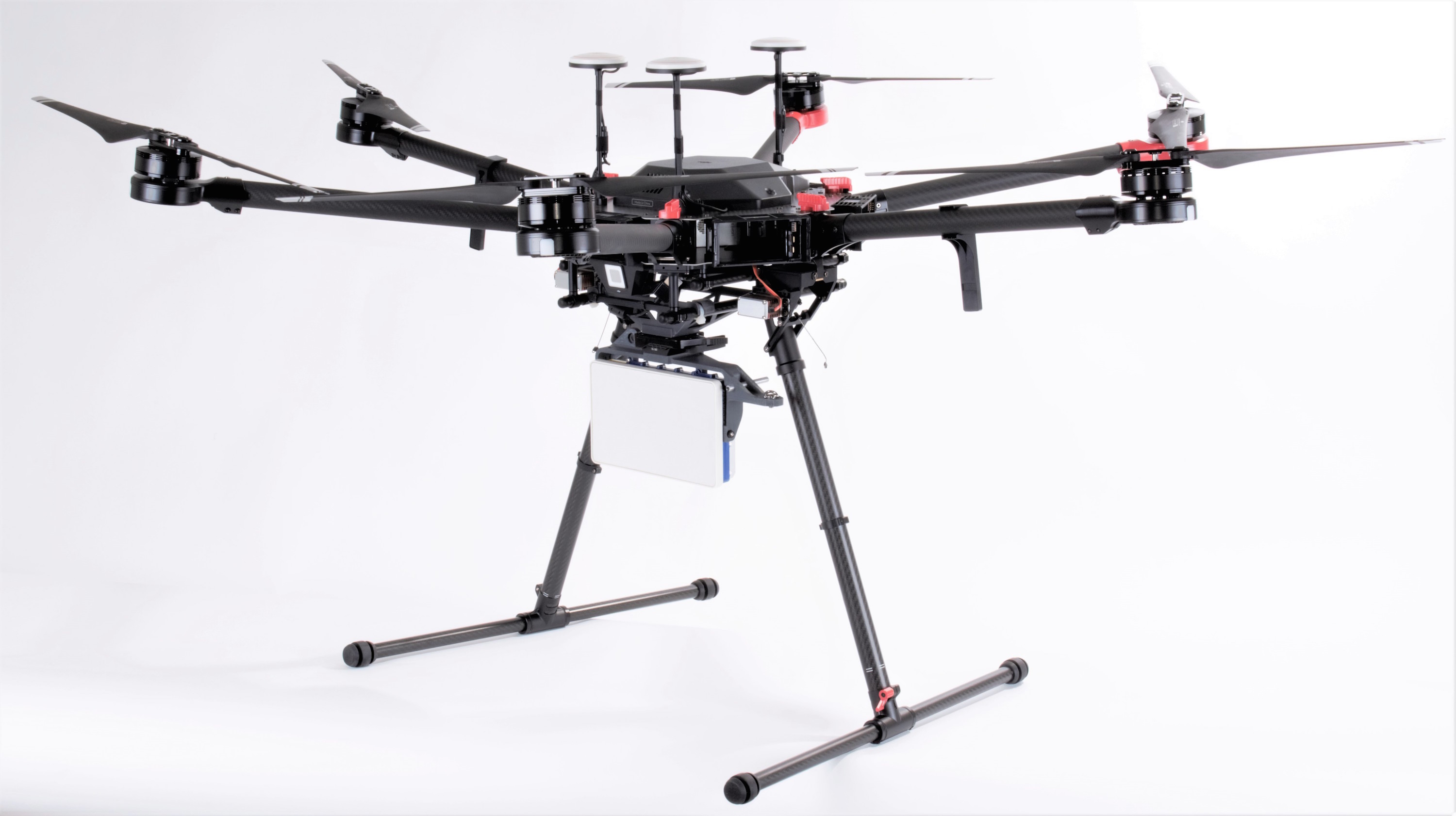
The Indian Air Force (IAF) has expressed keen interest in the development of reconfigurable phased-array radar systems integrated into drones. This technology promises significant advancements in airborne surveillance and target detection capabilities.
Phased-array radars are electronically steered antenna systems that offer several advantages over conventional mechanical radar systems. They can rapidly switch beams in different directions without physically moving the antenna, allowing for faster scanning and improved tracking accuracy. Reconfigurable phased-array radars take this a step further by enabling the dynamic adjustment of beam shape and frequency, providing even greater flexibility in detecting and identifying various targets.
Continue readingSOURCE: RAUNAK KUNDE / NEWS BEAT / IDRW.ORG
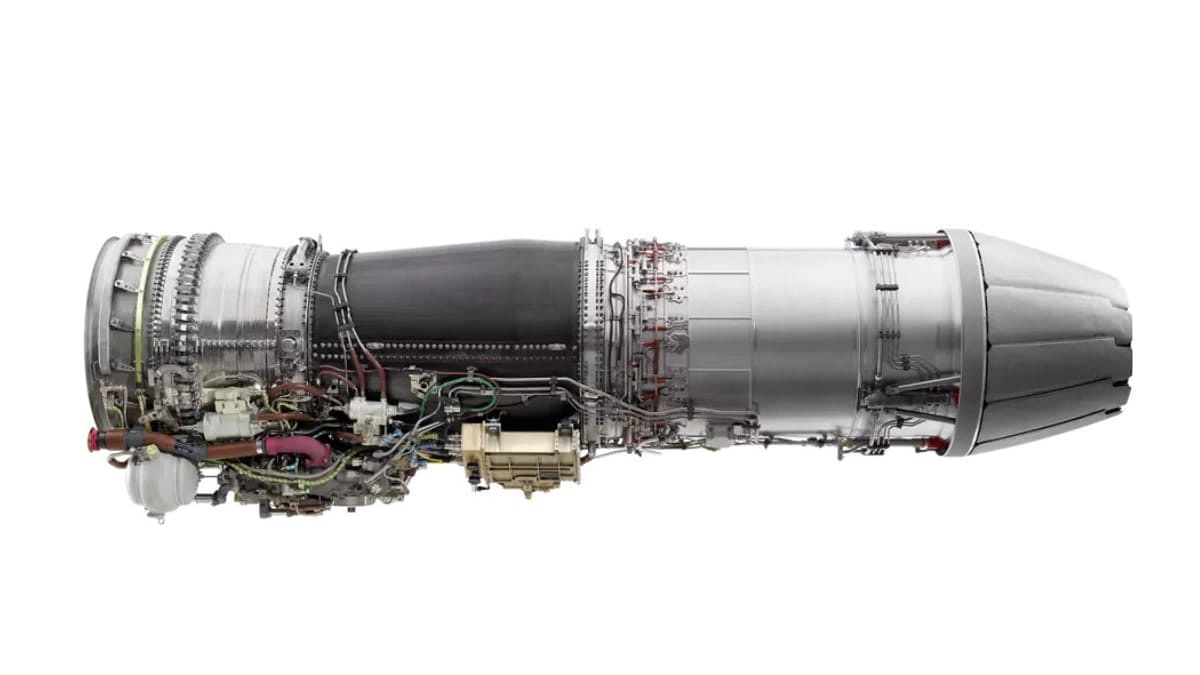
The Aeronautical Development Agency (ADA) has issued a tender for maintenance, testing, and field service support of GE-F404 and GE-F414 engines. These engines are critical for powering various LCA (Light Combat Aircraft) variants, including the Tejas PV, LSP, and NP series. The GE-F414-INS6 engines will also be used in upcoming LCA-AF Mk2 and AMCA fighters.
Currently, ADA manages the maintenance of 10 GE-F404-F2J3 engines, 17 GE-F404-IN20 engines, and 9 GE-F414-INS6 engines. To further enhance its capabilities, ADA has established a comprehensive MRO (Maintenance, Repair, and Overhaul) facility for GE engines at GTRE, Bangalore. This facility includes a module replacement shop and a roof-mounted engine test bed located at Test Cell #5.
Continue readingSOURCE: IDRW.ORG
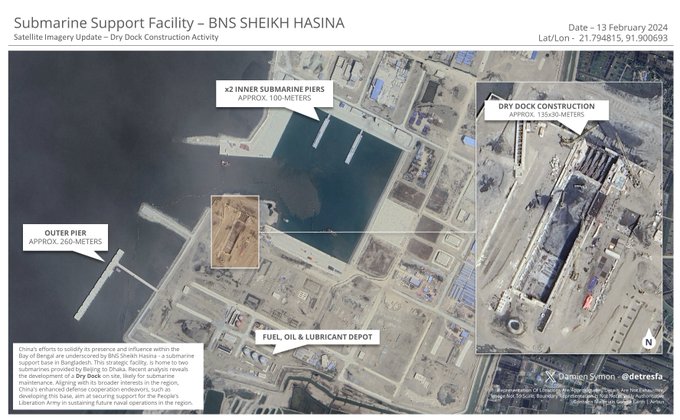
Satellite images reveal the progress of a dry dock at the BNS Sheikh Hasina naval base in Bangladesh, constructed with China’s assistance. This development signifies a deepening defense partnership between the two nations, potentially solidifying China’s influence in the Bay of Bengal region.
The BNS Sheikh Hasina base, located at Pekua in Cox’s Bazar, aligns with Bangladesh’s “Forces Goal 2030” program, a military modernization initiative. The base’s dry dock suggests maintenance capabilities for submarines, raising concerns for India.
Continue readingSOURCE: IDRW.ORG TEAM.
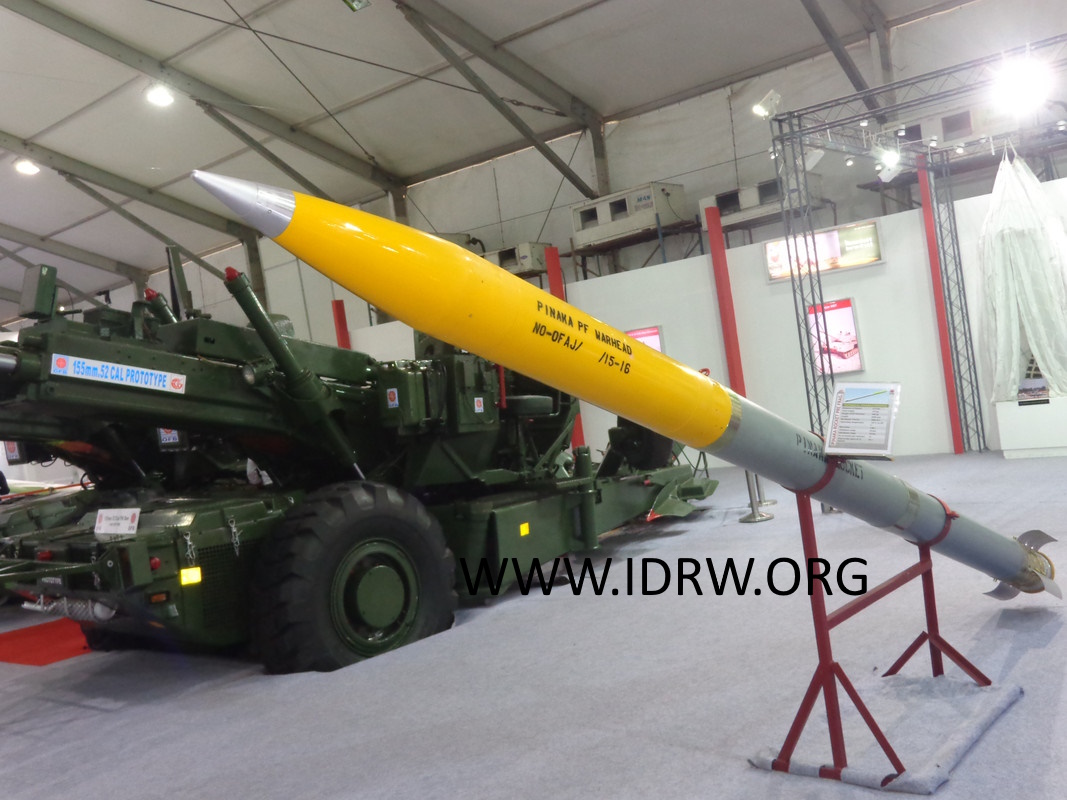
The Armament Research & Development Establishment (ARDE), a premier laboratory of India’s Defence Research & Development Organisation (DRDO), is seeking a qualified consultant to support the engineering design of next-generation Pinaka rocket warhead systems.
The consultant will be responsible for the meticulous engineering design of various warhead systems and their vital components for the Pinaka rocket family.
Continue readingSOURCE: RAJESH AHUJA / FOR MY TAKE / IDRW.ORG

The potential clash between India’s Rafale fighter jets and China’s J-20s is a topic of intense discussion. While some Indian Air Force (IAF) veterans believe 36 Rafales could overpower 200+ J-20s, the reality is more nuanced. The Rafale does boast of extensive combat experience in Afghanistan, Libya, Mali, Iraq, and Syria. But will this experience translates to pilot proficiency and battle-tested tactics in still questionable.
The J-20, China’s answer to fifth-generation fighter jets, boasts of stealth capabilities and advanced technology. However, its actual combat performance remains untested, raising questions about its true effectiveness. While not officially a 5th generation fighter, the Rafale incorporates many features of this class, including superior avionics, a highly capable radar system, and a wide range of weaponry.
Continue readingSOURCE: IDRW.ORG

The Indian drone industry is witnessing a growing focus on counter-unmanned aerial systems (C-UAS) solutions, particularly those utilizing directed energy weapons (DEWs). This shift comes as traditional C-UAS methods, often relying on kinetic means like jamming or physical destruction, raise safety concerns in populated areas.
While kinetic methods have been the mainstay of C-UAS defense, they come with limitations. Shooting down drones can pose risks of falling debris in urban environments, while jamming can disrupt legitimate radio frequencies.
Continue readingSOURCE: RAUNAK KUNDE / NEWS BEAT / IDRW.ORG

In a strategic move to bolster its defence capabilities, India’s State-owned Hindustan Aeronautics Limited (HAL) is gearing up to address the Indian Air Force’s (IAF) requirement for Medium Transport Aircraft (MTA). As reported by idrw.org, HAL is not only contemplating developing its offering but also exploring the possibility of collaboration with established Original Equipment Manufacturers (OEMs) in the aerospace industry.
The IAF, cognizant of the need to modernize its fleet, is in the process of refining the specifications for the MTA following thorough studies. It aims to replace the ageing Soviet-era An-32 and IL-76 transport aircraft by mid-2035, as highlighted by recent statements from the IAF chief.
Continue readingSOURCE: RAUNAK KUNDE / NEWS BEAT / IDRW.ORG

In a significant development in the realm of defence technology collaboration, the EDGE Group is currently engaged in discussions with India’s state-owned Hindustan Aeronautics Limited (HAL) for the joint development of unmanned aerial vehicles (UAVs). This strategic partnership aims to leverage the respective strengths of both entities, enabling them to pool resources, share knowledge, and collectively promote advanced weaponry systems on the global stage.
sources familiar with the matter have confirmed to idrw.org, that the EDGE Group is particularly interested in co-developing an India-specific variant of its REACH-S Medium Altitude Long Endurance (MALE) UAV. The REACH-S UAV is a fixed-wing drone designed to meet the specific operational requirements of the Indian defence forces. With a take-off weight of 600kg and the capability to carry a payload of up to 120kg, the REACH-S UAV boasts impressive specifications.
Continue readingSOURCE: RAUNAK KUNDE / NEWS BEAT / IDRW.ORG

The Defence Research and Development Organisation (DRDO) has unveiled the Advanced Hydro-Gas Suspension Unit (AHSU) for the Arjun Mk.1A main battle tank (MBT). This new technology represents a significant upgrade from the existing Hydro-Pneumatic Suspension Unit (HSU) used in the Arjun Mk.I.
The AHSU is a trailing arm-type suspension system specifically designed for the Arjun Mk.1A. It incorporates a gas spring and an integrated hydraulic damper, offering several advantages over the previous HSU.
Continue readingSOURCE: IDRW.ORG
The Indian Air Force (IAF) continues to bolster its training capabilities with the successful first flight of the fifth LCA-Tejas trainer aircraft, designated LT-5205. This milestone comes just weeks after the fourth trainer, LT-5204, took to the skies, signifying a significant ramp-up in production by Hindustan Aeronautics Limited (HAL).
The IAF received its first LCA Tejas trainer aircraft in October 2023, marking a major step forward in pilot training for the indigenously developed light combat aircraft. Since then, HAL has delivered four additional trainers, including LT-5205, with all undergoing flight testing and scheduled for induction into the IAF.
Continue readingSOURCE: IDRW.ORG TEAM.

India’s Advanced Medium Combat Aircraft (AMCA) program stands as a testament to the nation’s commitment to indigenous defense development. While recent advancements in fighter jet programs from South Korea and Turkey have garnered attention, India’s approach to self-reliance in aerospace technology deserves recognition and appreciation.
The Korean KF-21 Boramae and Turkish KAAN fighter jet programs, while ambitious, have faced challenges and dependencies on foreign technology. As highlighted by defense expert Ranesh Rajan, the KF-21 program heavily relies on American-origin technology, with significant contributions from companies like Raytheon and Northrop Grumman. Similarly, Turkish efforts have seen generous assistance from BAE Systems and American firms.
Continue readingSOURCE: SATYAJEET KUMAR/ FOR MY TAKE / IDRW.ORG
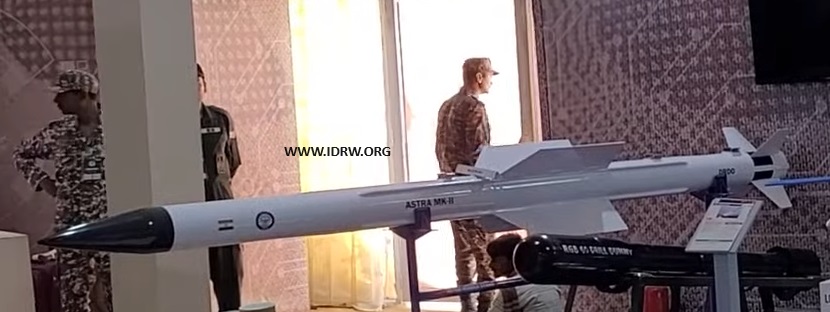
In the wake of the 2019 engagement with the PAF, India’s Beyond-Visual-Range Air-to-Air Missile (BVRAAM) capability presents a cause for concern. While the IAF’s Rafale jets boast the Meteor missile with an impressive 200km range, their limited numbers (36) restrict their overall impact.
Pakistan, on the other hand, seems to be upping the ante with the Chinese PL-15E BVRAAM. While the PL-15E boasts a technical range advantage (145km) over the Astra MkI (110km) equipped on Su-30MKI fighters, questions remain about its Electronic Counter-Measures (ECM) and overall effectiveness.
Continue readingSOURCE: IDRW.ORG
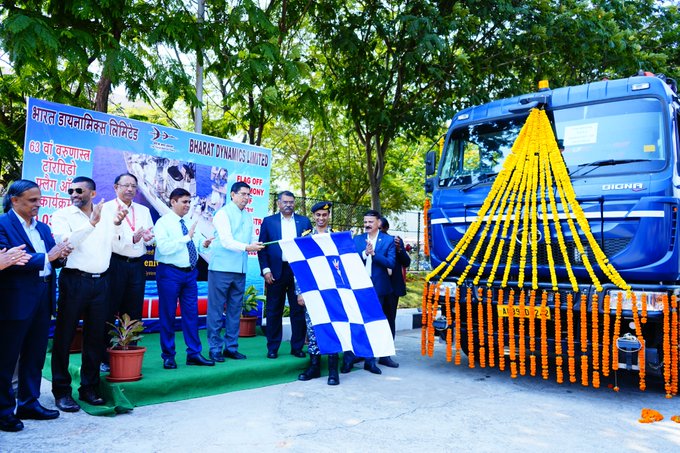
In a significant milestone for India’s defense capabilities, Bharat Dynamics Limited (BDL) has successfully delivered the final batch of Varunastra heavyweight torpedoes to the Indian Navy. The last torpedo was flagged off by Dr. Y Sreenivas Rao, Director General (Naval Systems & Materials) at BDL’s Visakhapatnam unit.
The Varunastra, named after the Hindu god of the oceans, is a heavyweight, electrically-propelled torpedo designed to eliminate submarines in both deep and shallow waters. Developed by the Naval Science and Technological Laboratory (NSTL) of the Indian Navy, this advanced weapon system boasts a high degree of indigenous content, exceeding 95%.
Continue readingSOURCE: RAUNAK KUNDE / NEWS BEAT / IDRW.ORG
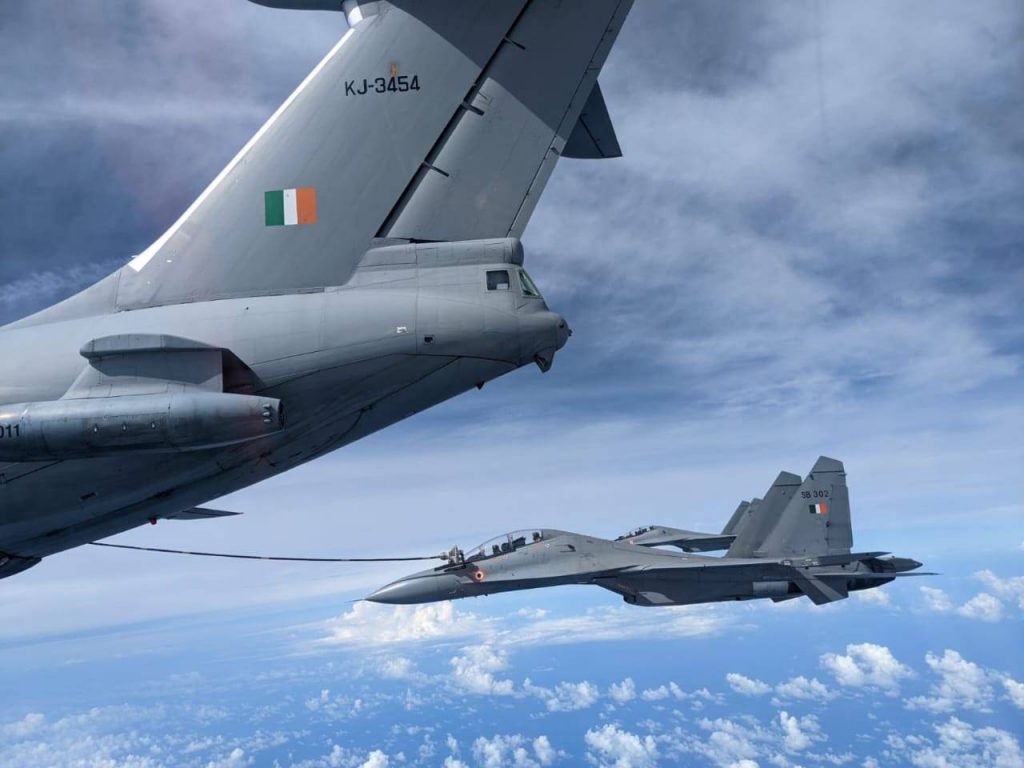
The Indian Air Force (IAF) is taking a fresh leap towards bolstering its mid-air refuelling capabilities. Last month, the Ministry of Defence (MoD) granted a renewed Acceptance of Necessity (AoN) for the procurement of six mid-air refuelers.
The IAF currently operates a fleet of six Russian-made IL-78MD aerial refuelers. However, these have faced serviceability issues and are deemed insufficient to meet the needs of the IAF’s growing fleet of fighter jets. The IAF has expressed a requirement for a total of 18 air refuelers to effectively extend the operational range of its combat aircraft.
Continue reading